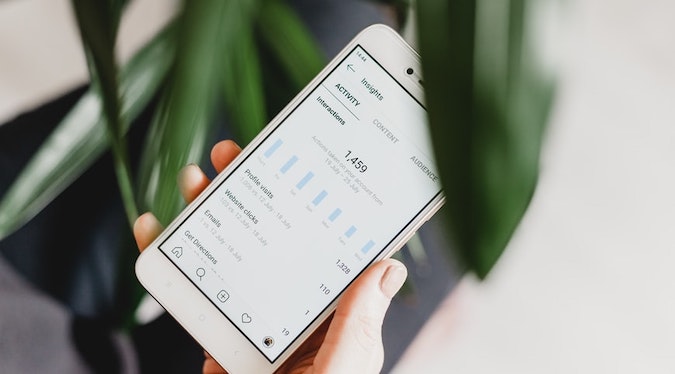The State of Influencer Marketing: HypeAuditor’s 2022 report
Share

HypeAuditor has released its third annual State of Influencer Marketing report. The report focused on TikTok, Instagram and YouTube and how marketers can keep up with the ever changing tides of influencer marketing.
If you’re wondering if influencer marketing will continue to grow, the answer is a resounding yes. Although TikTok is catching up, Instagram’s influencer market will continue to dominate. The influencer market is predicted to grow to be worth $2.2 billion USD by 2025.
Influencer categories
One of the most important thing for a marketer is to know which type of influencer to target. HypeAuditor breaks down influencers into five categories, based on following size. These categories are referenced in the study, and can be beneficial for marketers to understand.
The names of influencer size categories, as created by Hype Auditor, are:
- 1,000 – 5,000: Nano influencer
- 5,000 – 20,000: Micro influencer
- 20,000 – 100,000: Mid-tier influencer
- 100,000 – 1 million: Macro influencer
- 1 million+: Celebrity and mega influencer
Although Instagram is seeing its biggest competitor to date, TikTok, rake in the numbers, it still holds value. To compete with the growing numbers of users moving to TikTok, Instagram extended Reels to 60-seconds. In addition to extended reels, Instagram also made links in stories available to all accounts. Prior to this upgrade, links were only available for verified accounts or those who had amassed over 10,000 followers.
The changes are almost certainly for the growing influencer market. With the predictions that Instagram’s influencer market will dominate, it was important for the photo sharing app to modernise.
When it comes to the target demographics, Instagram has a slightly (52 percent) female audience. It also boasts over 80 percent younger than 34.
For content, it’s not surprising. The most competitive category is lifestyle at nearly 18 percent of influencers focusing on lifestyle. The second most popular is photography, which isn’t even at nine percent of the platform.
Looking at who businesses should be engaging with, nano influencers still garner the highest engagement rates. The average engagement rate for a sponsored post hovers around two percent. However, nano influencers will often get close to five percent.
When it comes to cutting through a saturated market, perhaps it’s not just the followers to take into account. Finding more niche accounts with an engaged audience can mean a more genuine connection.
How much do they cost?
Wanting to engage with influencer marketing but not know where to start? HypeAuditor has put together the average cost per post in accordance with followers.
TikTok
After hitting over a billion monthly users, TikTok continued to grow. Introducing live Q and As, the platform is opening up more ways for creators and brands to connect. During 2021, TikTok also launched a Creator Portal. The portal hosts a plethora of the apps’ top creators. It’s a way for brands to find the best creator for specific campaigns.
Instagram’s may have had an even split between male and female users TikTok, however, is heavily female skewed. The platform’s Australian users are two-thirds female. It also, unsurprisingly, is dominated by younger users. However, as the platform and its possibilities continue to grow, the demographic is changing with it.
More than 50 percent of TikTok creators are within the nano influencer category. However, the engagement rate on TikTok is much higher than Instagram. Nano influencers hover at around ten percent engagement per post, more than double Instagram.
On TikTok, mega influencers get the most engagement. The average engagement rate for those with mass followers is 13 percent. However, this can be attributed to the way in which users engage with TikTok differently to Instagram.
How much do TikTok creators cost?
TikTok creators tend to charge more for content, but also tend to get higher engagement.
Using digital creators/influencers
The influencer/digital creator space is only gaining traction. As more brands engage with the platforms and with creators on it, it’s important to know which platform is for which campaign. Not only is it about the platforms themselves but knowing which creator is best for the brand. It’s no longer about partnering with those who have the biggest followers. Brands can get more cut-through finding a creator whose content, and followers, is more closely aligned.

















